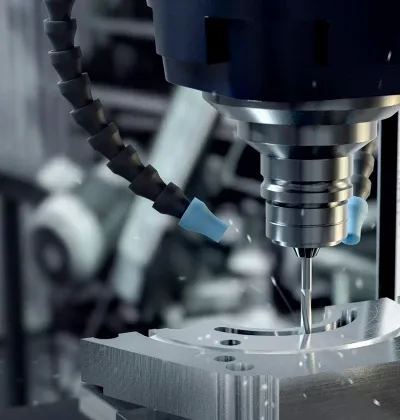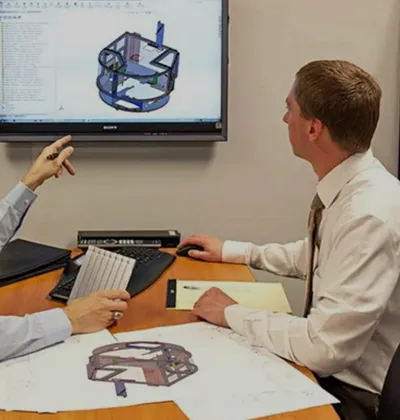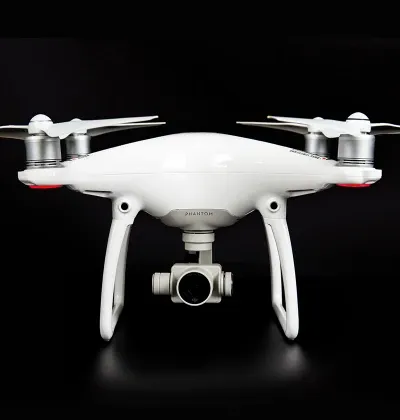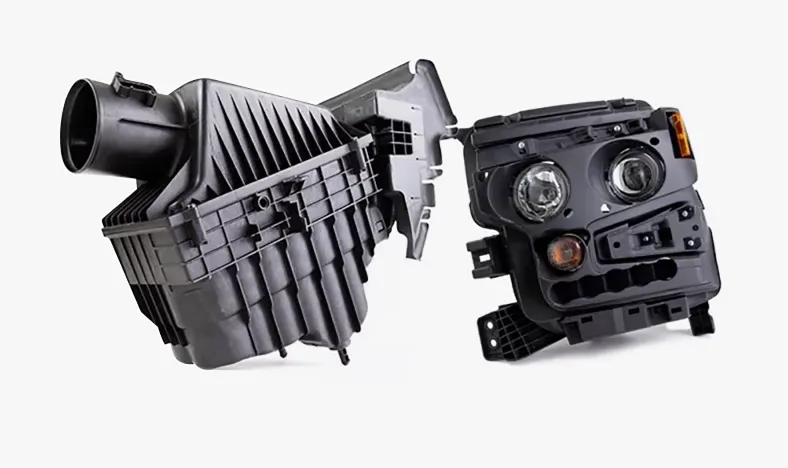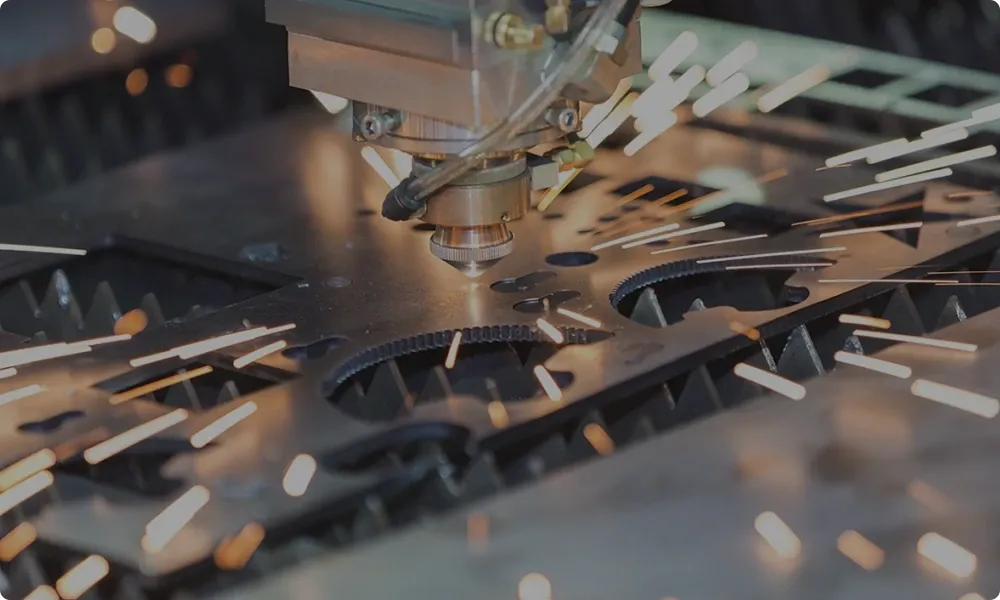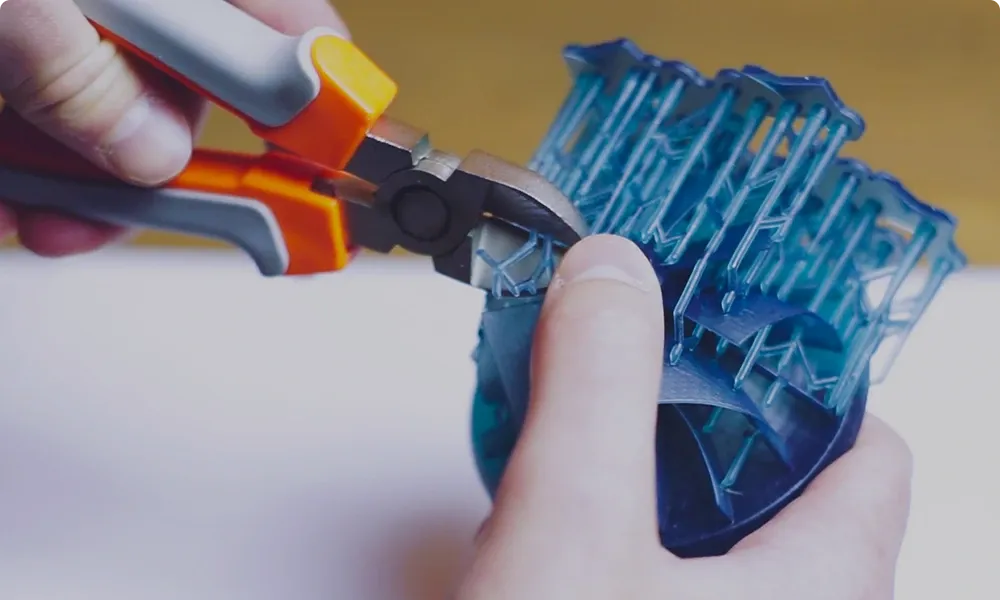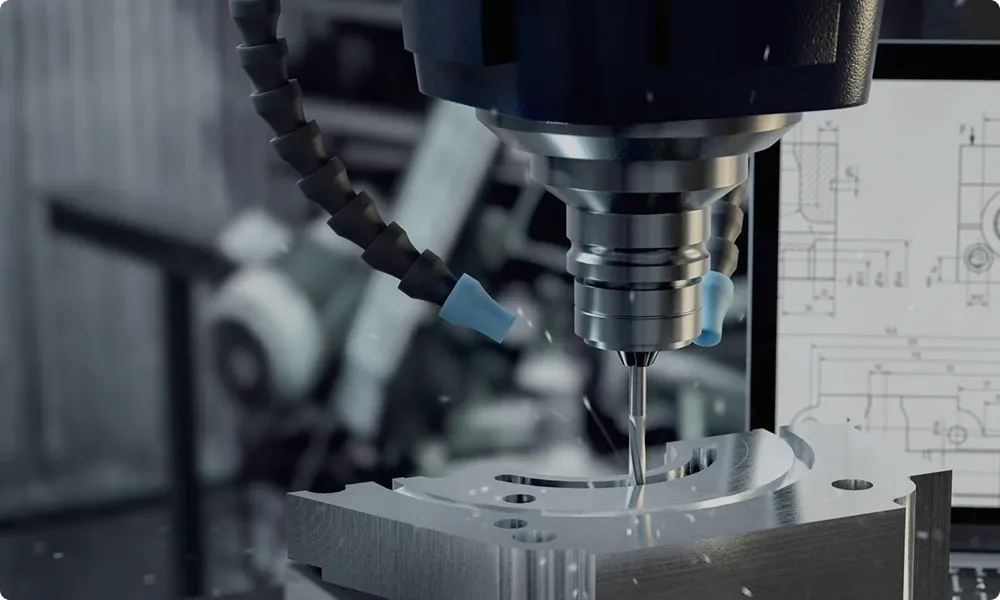What Is Vacuum Casting?
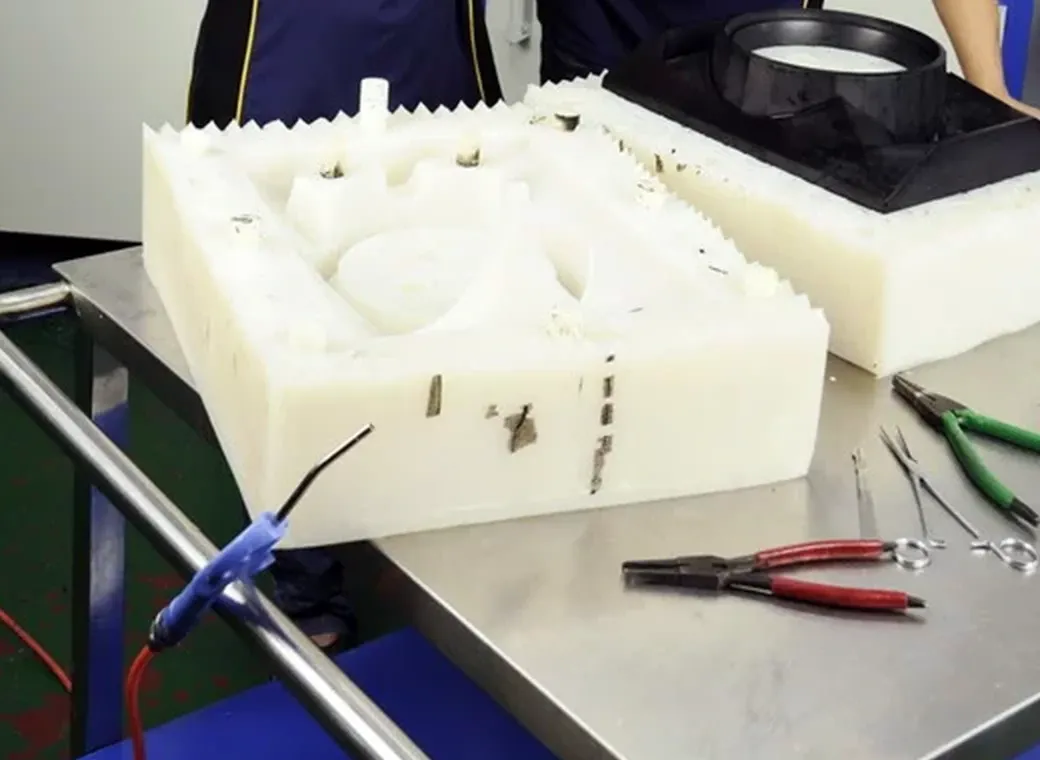
Vacuum casting is a manufacturing technology that uses a vacuum to draw liquid casting material into a mold. It differs significantly from injection molding, which pushes liquid material into a mold using a screw.The process of vacuum casting offers significant advantages, and is particularly useful for parts that have undercuts or fine details.
The process starts with a master model, which we creates using one of its CNC machining centers — though 3D printing can also be used. This master model is then immersed in liquid silicone, which is cured and becomes the mold.Once it has been cut and the master model removed, the silicone mold can be put to use. This stage involves pouring casting resin into the mold, as the vacuum removes bubbles and air pockets to ensure a smooth finish.The resin part is then cured in an oven and removed from the silicone mold after cool down, which can be reused around 20 times.
Each cast part is an exact copy of the original master model. It’s a perfect solution for rapid prototyping and making small batches of quality parts.
150+
Experienced Engineers
200+
Up-to-date Machines
5000+
Satisfied customers
Advantages of Vacuum Casting
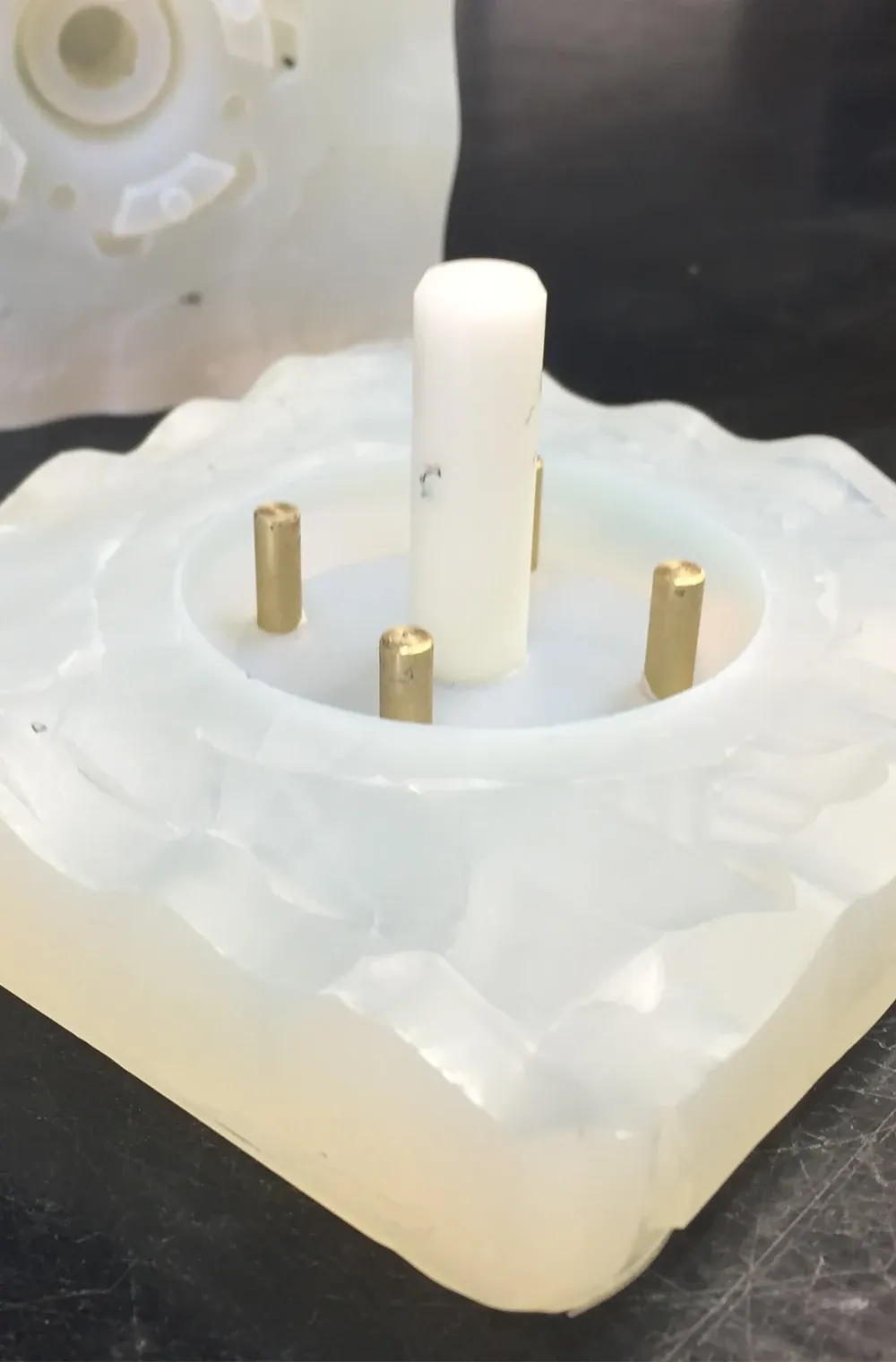
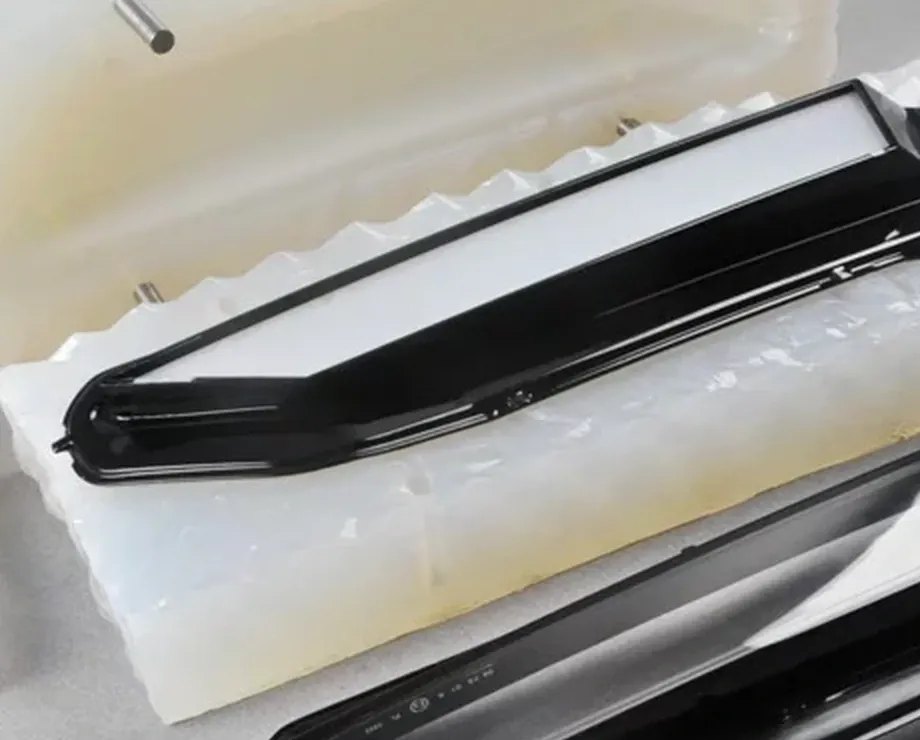
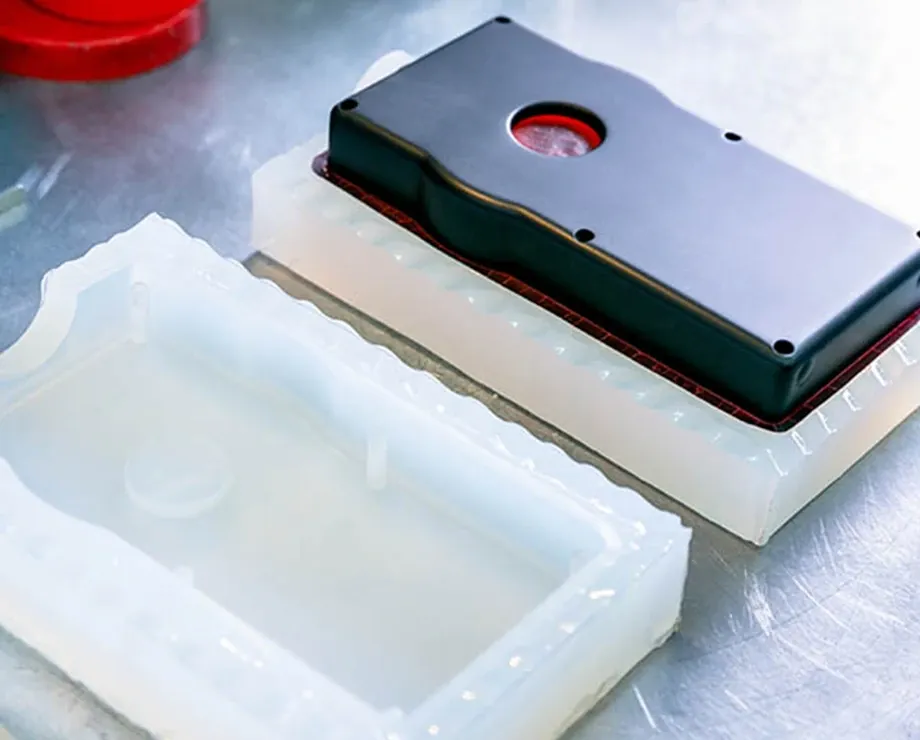
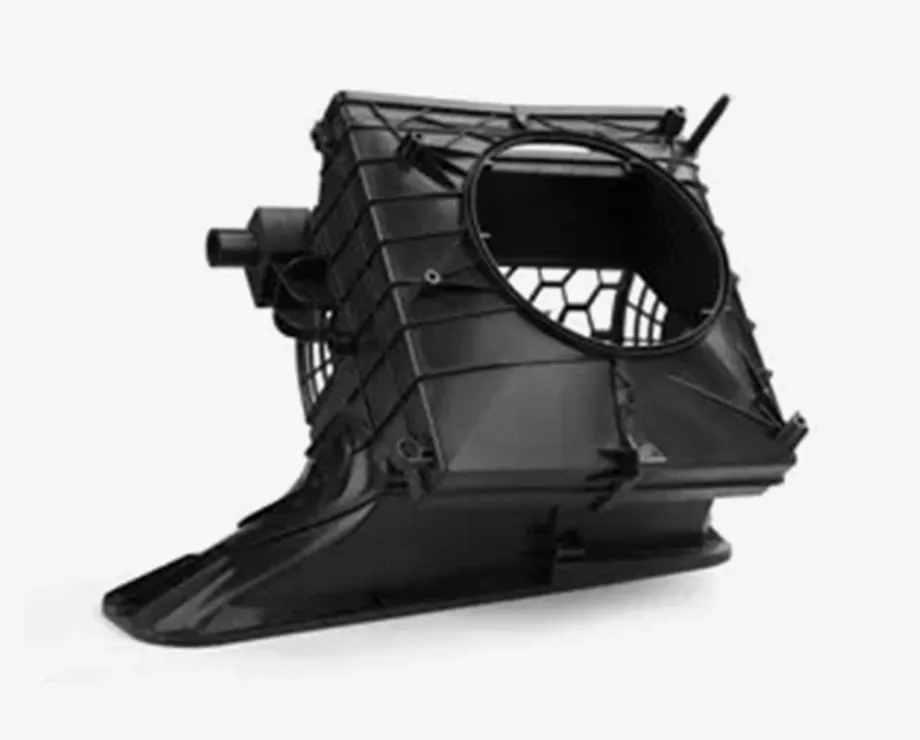
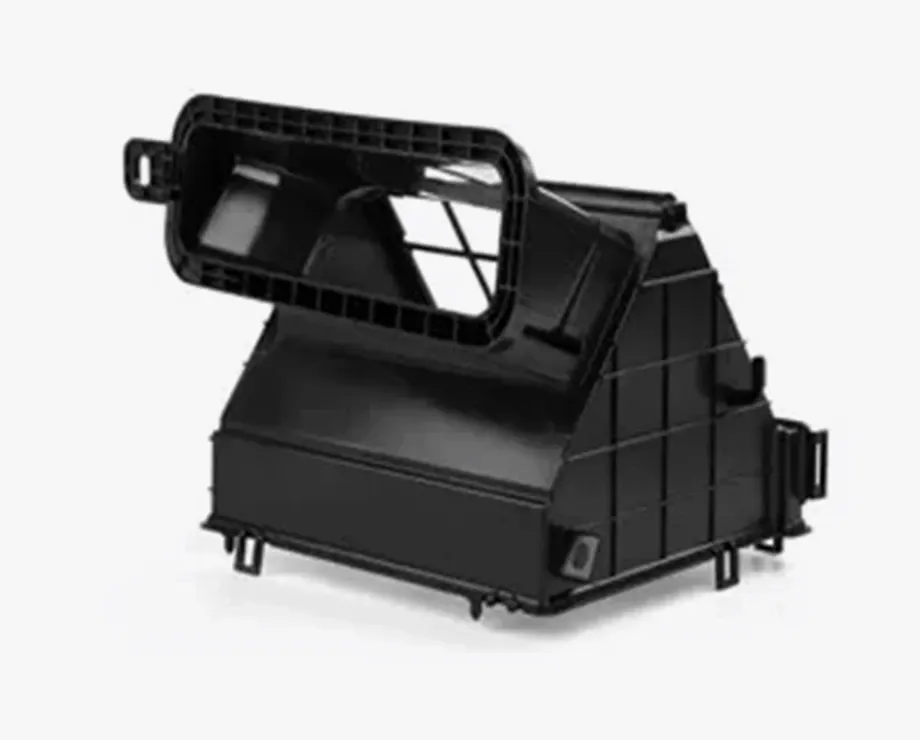
Vacuum Casting Materials
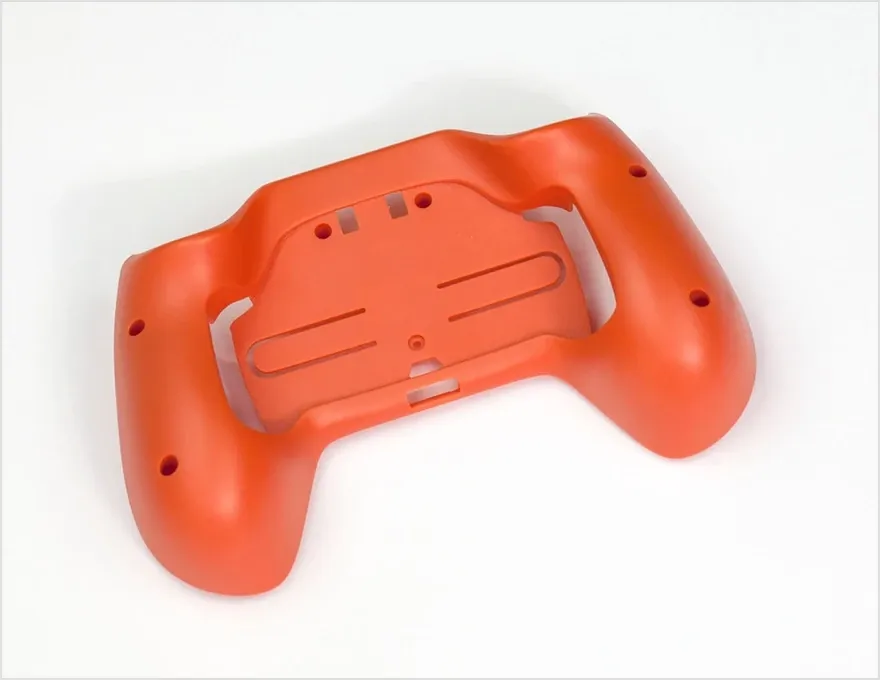
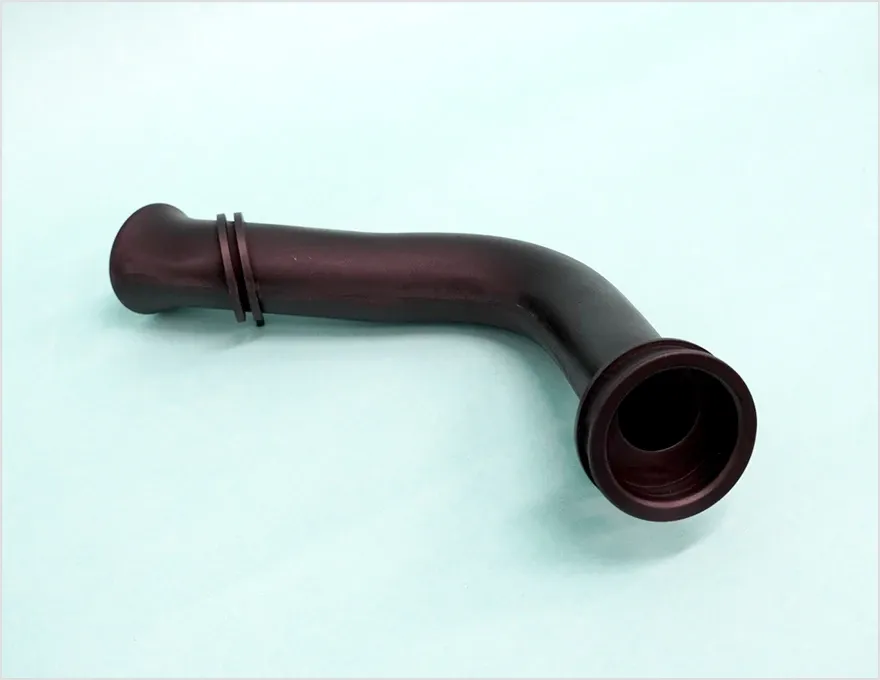
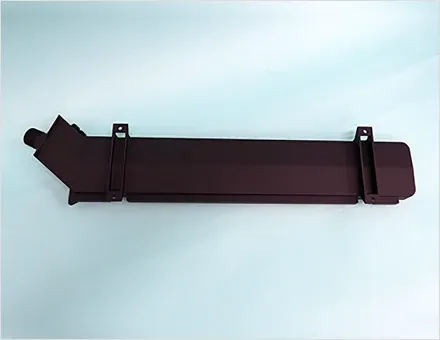
Surface Finish Options for Vacuum Casting
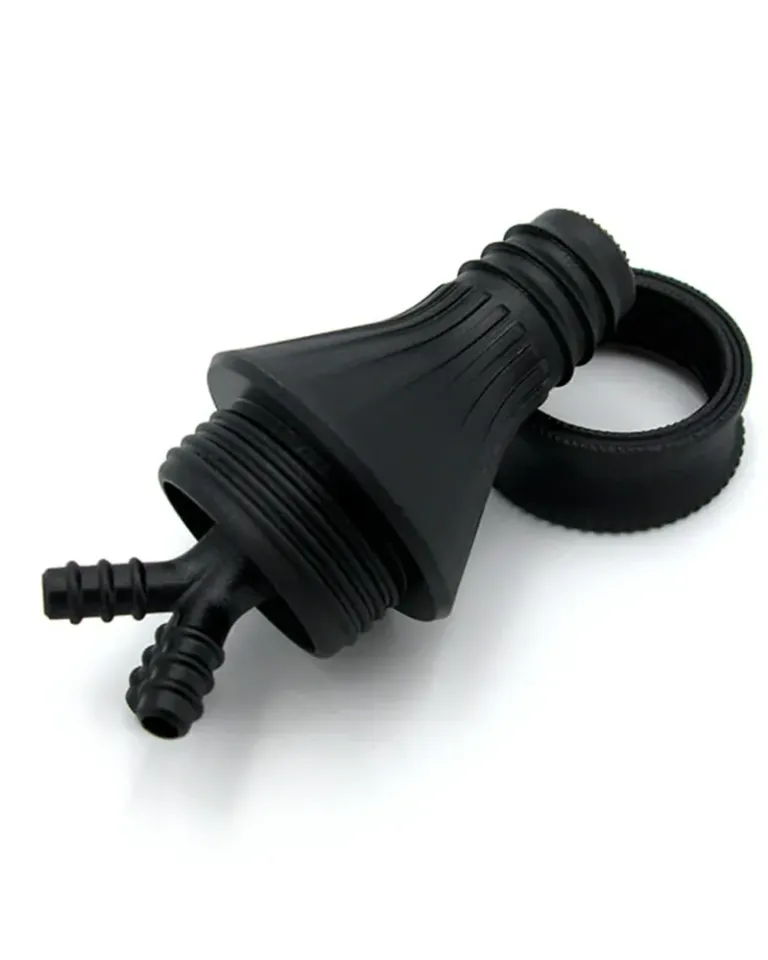
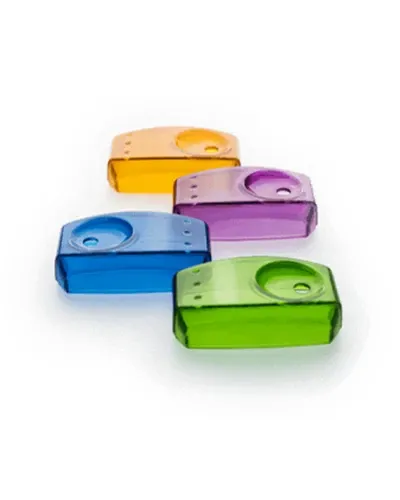
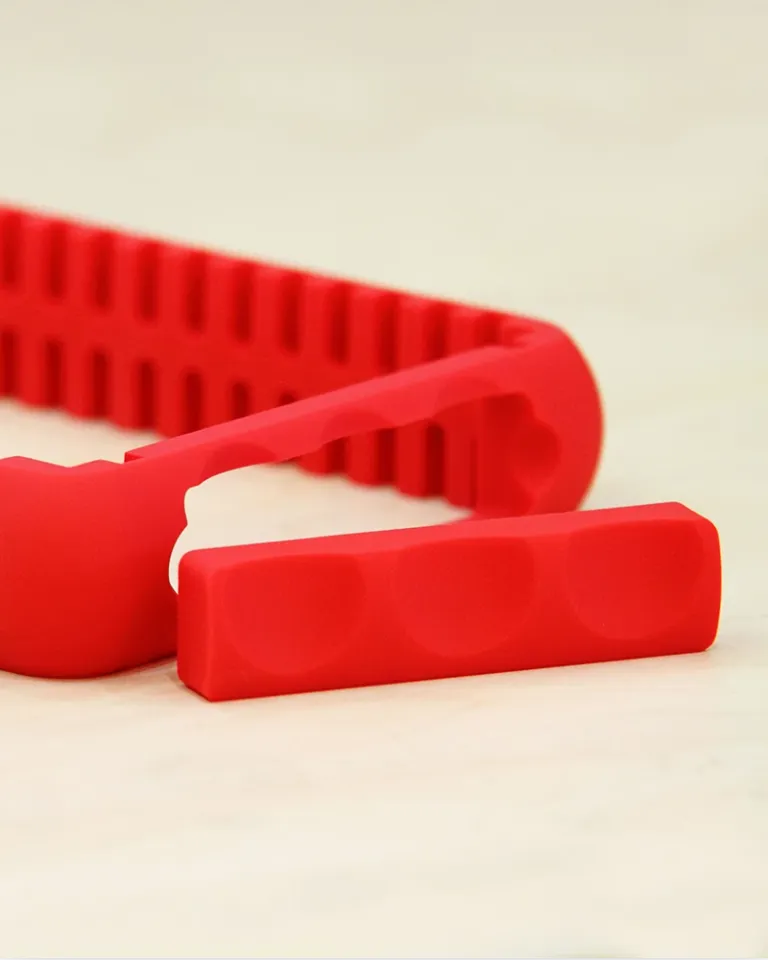
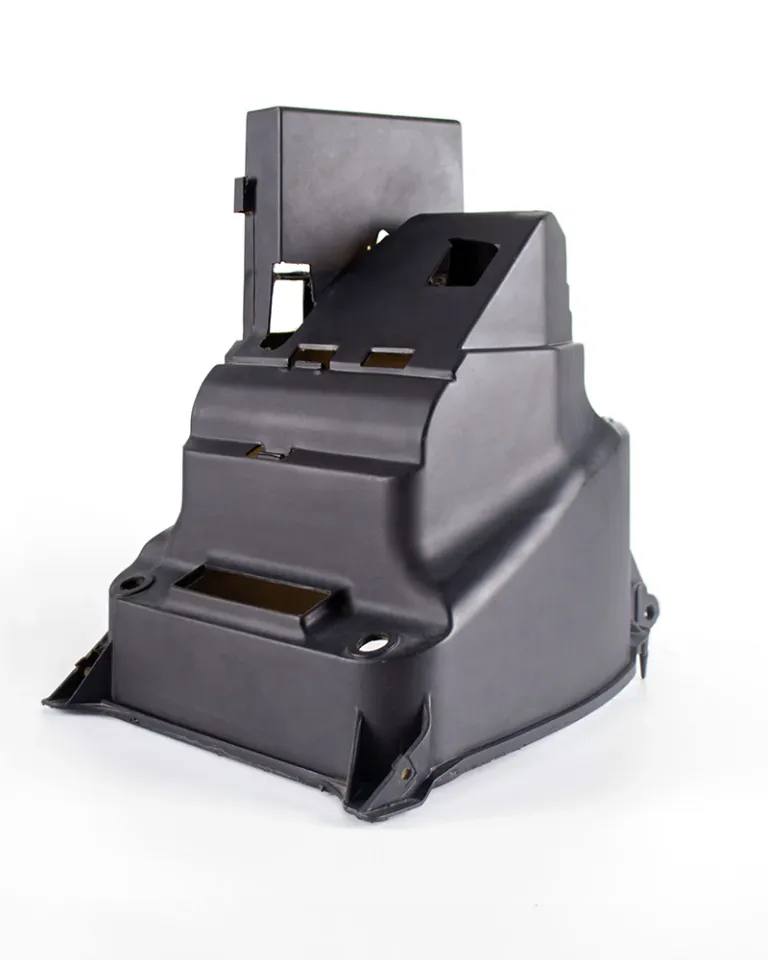
Surface finishes can serve either a functional or aesthetic purpose. Surface finishes that serve both purposes are deemed cosmetic finishes, and are used for cosmetic parts. Producing cosmetic parts requires additional measures to minimize defects such as hang marks and scratches from tools.
Clear Coat
Clear cosmetic finish that can be applied to ABS-Like Translucent/Clear (WaterShed XC 11122) and PC-Like Translucent/Clear (Accura 60) materials.
Painting
After smoothing the part with sanding and polishing, parts can be painted with automotive-grade paint. Provide a pantone color with your quote request. We also offer soft-touch painting.
Plating
Electroless nickel plating can be used to achieve parts that are similar to cast aluminum or magnesium.
Dyeing
Dyeing is another method for adding color to 3D prints. This is faster option with a limited color selection, so is a more cost-effective choice than painting.
Decaling
Decaling can be used to add a logo or other graphics to boost cosmetics or function.
Polishing
We can polish parts to a mirror-like finish. If this is a requirement, we ask that you provide either a drawing or image that indicates your finish expectations.
Heat Treatment
Harden and strengthen metal 3D prints with multiple heat treatment options: NADCAP heat treatment, hot isostatic pressing (HIP), solution annealing, and aging.
Get An Instant Quote
undefined

Testimonials / Satisfied Customers
Dorothy
Buyer at Leading Energy company





WJ Prototypes is Great!
“We’re glad we recently added WJ Prototypes to our AVL. You guys are always quick and friendly and all the Machining jobs we have sent have gone smoothly!”
Thomas
Engineer at Robotics Company





Our No.1 source for CNC parts
“We had a time sensitive Sheet Metal enclosure with fairly strict cosmetic requirements. WJ Prototypes came through for us and the parts looked great. The full build turned some heads at our Trade Show!”
Marc
Buyer at Electric Car Company





Great prices, lead times, and quality of work
“You guys are one of the easiest job shops I’ve worked with the last 10 years. You are responsive and competitive. We’ve appreciated the awesome work!”



